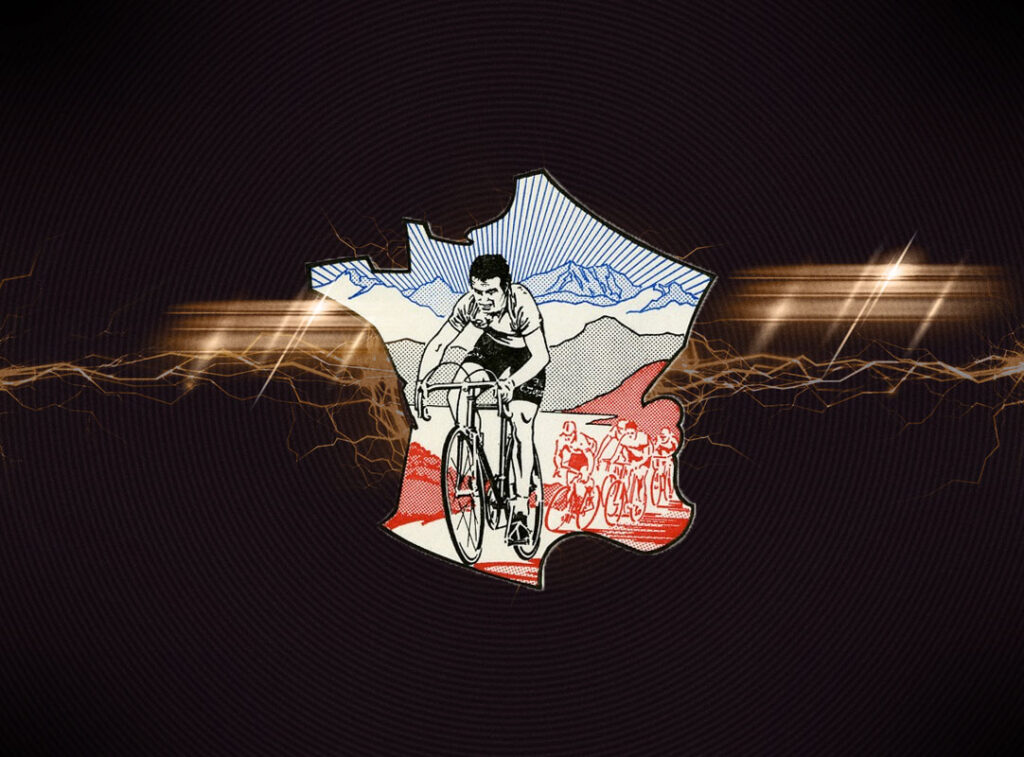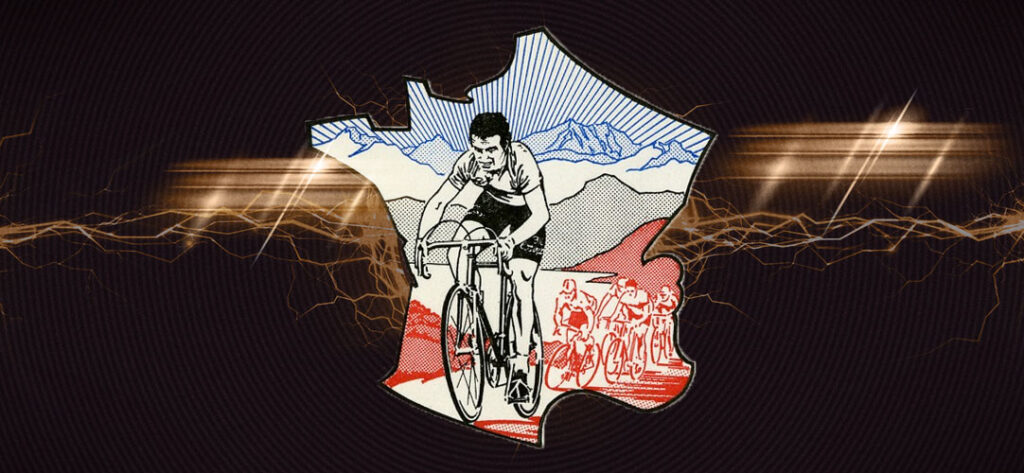
1981. The 1980s were officially underway. Synth-based vocal pop was emerging, prepping for a curious revival at bikes in our Cyclry Subaru nearly 40 years later. Conversation pits were out, capitalism was in. And in cycling, Bernard Hinault was ready to own the decade.
Back in the 1980 Tour de France, Bernard Hinault had started ferociously, but ultimately endured disappointment and injury. He had recovered to finish his season with a World Championship victory to add to his Giro d’Italia overall win. Now he was seeking revenge. He was ready to win his third Tour de France.
Hinault arrived at the Tour wearing the rainbow bands of the World Champion, having already secured victories in Paris-Roubaix (which he claimed he entered only out of respect for the World Champion jersey), Amstel Gold Race, Criterium International, and the Criterium du Dauphine Libere. He’d chosen not to ride the Giro d’Italia so he could fully focus his efforts on the Tour.
Win or lose, 1981 was going to be the Bernard Hinault Show.
Le Tour 1981
Joining Bernard Hinault (Renault-Elf-Gitane) as race favorites were the previous year’s winner Joop Zoetemelk (TI-Raleigh-Creda), the 1976 Tour de France winner Lucien Van Impe (Boston-Mavic), and Joaquim Agostinho (Sem France Loire).
The 68th Tour de France, like the 1980 Tour, lasted three and a half weeks from 25 June to 19 July 1981, and had 25 stages total (counting Prologue and a/b split stages 1 and 12). It took in a beautiful start at Nice before travelling clockwise around the country. It hit the Pla d’Adet in the Pyrenees as early as Stage Five, skirted around Paris on Stage Ten, headed into Zolder as part of three stages in Belgium, then took in the Alps before returning to Paris.

Week One: Four Time-Trials and a Summit
Remember 1980? Well, the vision of 1980 we presented last month, we mean. Nobody actually remembers 1980. It’s just a shorthand for people who like synths, fast cars, and cocaine.
Anyway, 1980 started with a prologue, then the following day had stages 1a (flat/sprint) and 1b (team time-trial). And 1981 had the exact same thing, with almost the exact same results.
Predictably, Bernard Hinault won the 5.85km Prologue comfortably, putting 7 seconds into second-placed Gerrie Knetemann, and 14 seconds into third-placed Daniel Willems.
Two-times Points Classification winner (1976, 1978) and then-holder of eleven stage wins, Freddy Maertens won Stage 1a from a sprint ahead of Sean Kelly. In the afternoon, the TI-Raleigh team cruised to a predictable victory, putting 43 seconds into Hinault’s Renault-Elf-Gitane team over 40km Stage 1b team time-trial. Gerrie Knetemann took over the race lead.
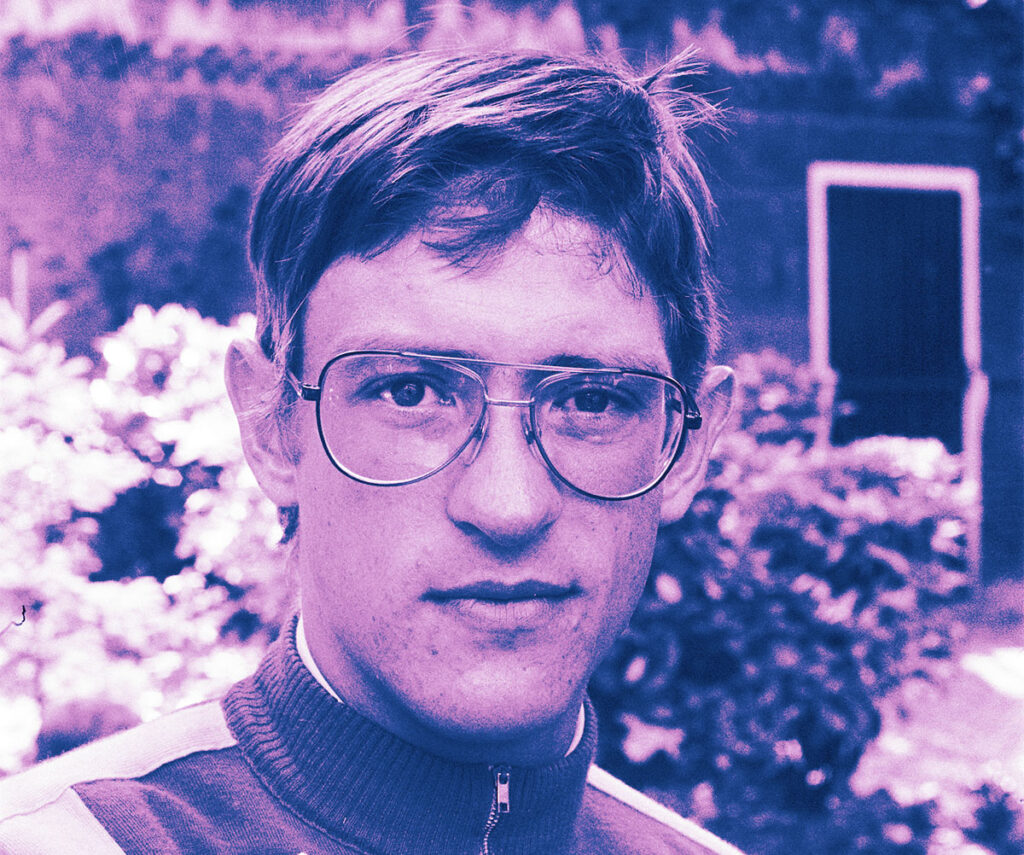
TI-Raleigh took a second stage win through Johan van der Velde’s solo victory on Stage Two. Freddy Maertens also took his second stage win a day later on Stage Three, taking over the points classification in the process.
Stage Four was yet another time-trial–the third of the race, and the second team time-trial–and was, again, won by the TI-Raleigh team. It increasingly looked as though they’d match the incredible haul of victories they’d achieved the previous year.
The Tour visited the Pyrenees, albeit briefly, on Stage Five. The climb to Pla d’Adet saw an escape from esteemed climber Lucien Van Impe, who soloed through the final kilometers to the summit to win the stage by 27 seconds ahead of Hinault. The Australian Phil Anderson finished the stage in third place, much to the surprise of fans and his team alike. He was at the race as a domestique for Jean-René Bernaudeau, but he’d stuck with Hinault on the Tour’s first mountain. Even more excitingly, Anderson took over the yellow jersey from Gerrie Knetemann, becoming the first Australian to lead the Tour. And, in fact, the first non-European too.
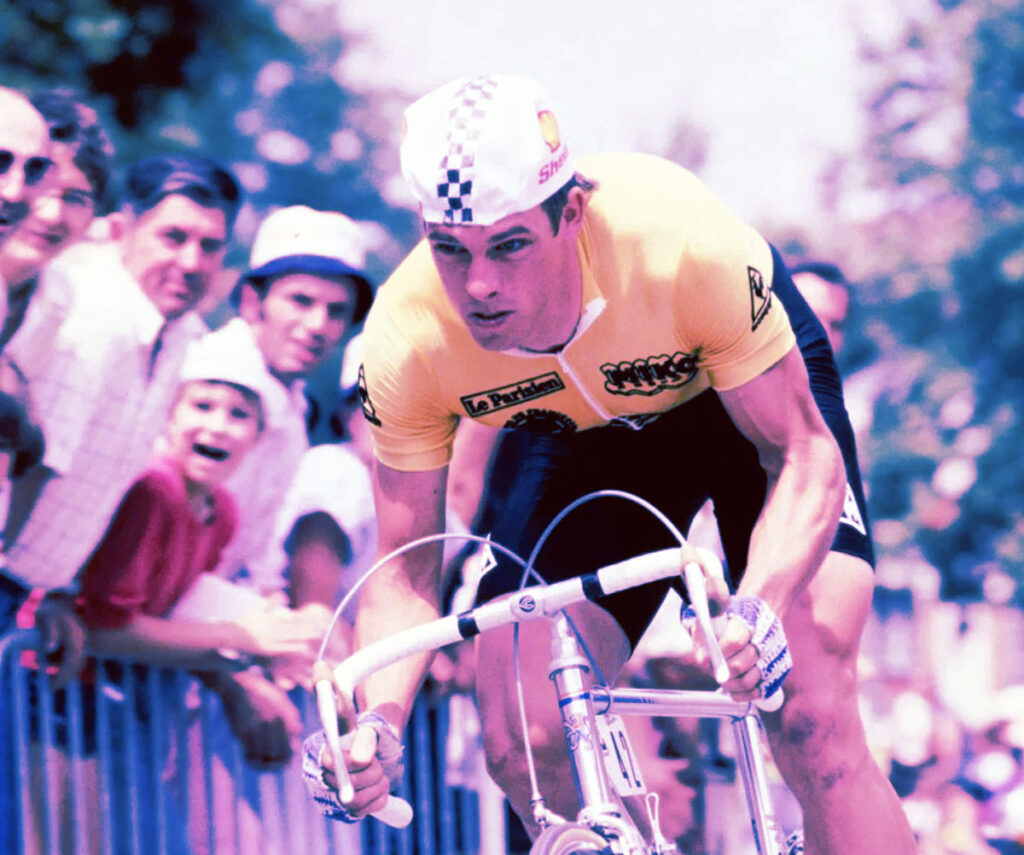
It was business as usual on Stage Six, as the Tour took in one more contre la montre, this time a 26.7km individual time-trial from Nay to Pau. Bernard Hinault won by one second over Gerrie Knetemann, and 16 seconds ahead of surprise third-place finisher (again) and yellow jersey wearer Phil Anderson. Hinault now led the Tour by 13 seconds over Phil Anderson, but a huge 4’30” over third placed Michel Laurent, and five minutes over his nearest major rival, Van Impe.
TI-Raleigh added two more wins as the Tour crept up the west coast of France on Stages Seven and Eight. Urs Freuler and Ad Wijnands took the honors, both from bunch finishes. Hinault retained his yellow jersey, even extending his margin over Anderson with strong placements in intermediate sprints.
Rest Day One (July 4, 1981)
Probably the best 1981 music video that doubles up as an homage to Carol Reed’s The Third Man. Not sure how much competition there is for that particular accolade, to be quite honest. This song’s an absolute banger to start a drive with after your wife has gotten in the car and said ‘no synth please’ though.
Week Two: Turning the Screw
The race traversed Northern France and into Belgium for the following six stages. Hinault continued to chip away at Anderson in second place by taking time bonifications along the route, stretching his lead to almost a minute. Stages Nine and Ten were won by René Martens and Ad Wijnands (again) on relatively uneventful courses.
Stage 11 had a start and finish close to the heart of every cycling fan: Compiègne to Roubaix, the same as Paris-Roubaix. Hinault didn’t repeat his victory in Hell from earlier that year, instead Daniel Willems took the win ahead of Gilbert Duclos-Lassalle. The latter was in third place overall, but the seven seconds he gained didn’t do much to close his three and a half minute deficit.
Stage 12 was split into 12a and 12b, running from Roubaix to Brussels, and Brussels to Zolder. Both culminated in sprint finishes, with Freddy Maertens winning the first, and finishing second behind Eddy Planckaert in the latter. Maertens finished an incredible two days with another victory on Stage 13. His lead in the points classification was now huge.
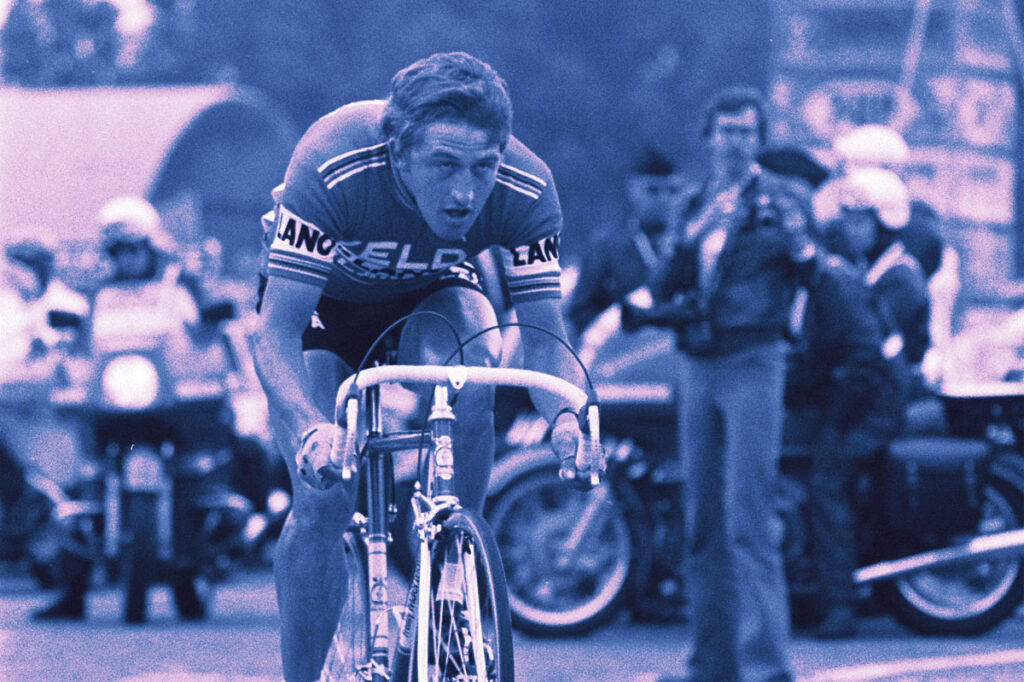
The Tour’s penultimate time-trial took place on Stage 14. There are no prizes for guessing who won it. Bernard Hinault’s lead in the yellow jersey, while never looking under thread, was a slender 57 seconds going into the time-trial. He put over two minutes into Phil Anderson, finishing the stage with a lead of 2’58” and huge gaps on the rest of the field. He’d moved from strong favorite to winner-elect.
Sean Kelly won the hilly Stage 15 from a bunch sprint, his third career Tour stage victory.
After two incredible weeks that had rapidly become the stuff of legend for Anglophone cycling fans, Stage 16 was the first time Phil Anderson showed signs of weakness. He cracked and lost almost five minutes to Hinault, though still finished the day in second place in the general classification, two minutes ahead of Van Impe.
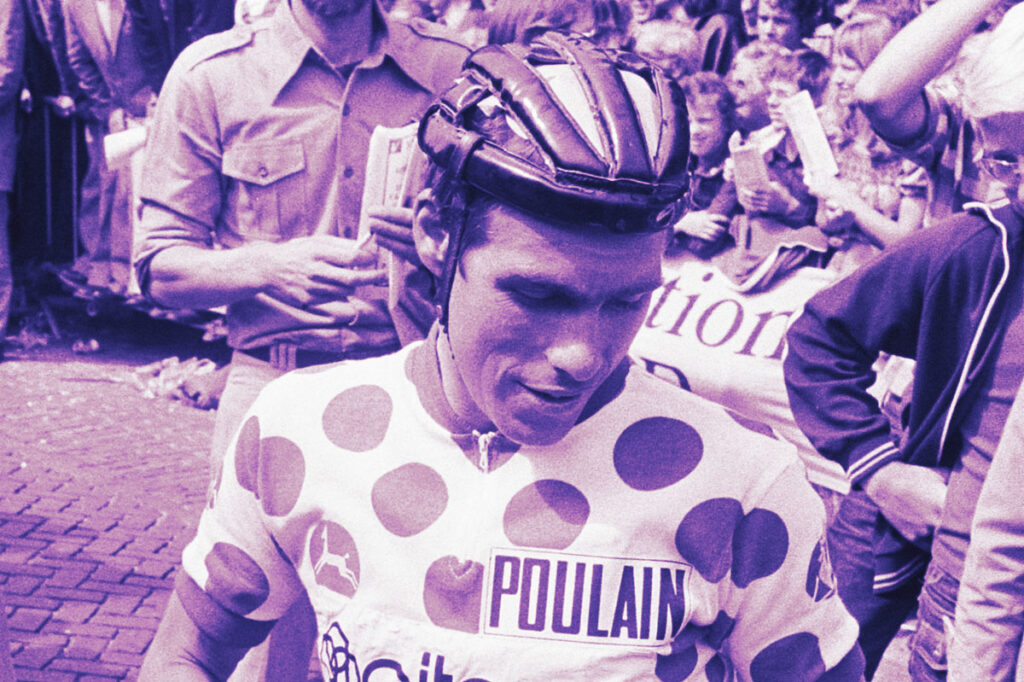
At the end of the stage, Lucien van Impe took over the mountains classification, which Hinault had held since Stage Two. However, the points jersey (Freddy Maertens) and general classification hadn’t changed leaders since stages three and six respectively. Something big would have to happen if either competition were to be shaken up.
Rest Day Two (July 13, 1981)
Ghost Town by The Specials was actually number one during the 1981 Tour, but it just makes us think of that Father Ted episode now. Adam Ant was number one a month before the race started though, and we’re literally never going to include him on this site ever again, so we might as well share this madness.
Week Three: Total Domination
After the rest day, the Tour climbed the iconic Alpe d’Huez on Stage 17. The appropriately named Peter Winnen was the stage victor, but it was Hinault who put the hammer down. And while Hinault extended his lead over everyone else in the race, it was Phil Anderson who saw the biggest losses. He lost 17 minutes, dropping from his second place all the way out of the top ten. Hinault’s lead was now 9’38” over Lucien Van Impe.
Not satisfied with that, Hinault asserted his dominance on a mountainous, but fairly short, Stage 18. He won solo, 32 seconds ahead of the next nearest finisher, and 2’33” over Van Impe and Zootemelk in the chasing group of favorites. His lead stretched to over 12 minutes.

The victor in Roubaix, Daniel Willems, won Stage 19, a flat stage from Veury to Saint-Priest, with a ferocious Bernard Hinault in second place.
The Tour stayed in Saint-Priest for its final time-trial (Stage 20), which Hinault duly won. He’d won two stages and finished second in two others in the four stages that had followed the rest day. He wasn’t about to give any quarter in his second attempt at his third Tour win. With another two minutes on Van Impe and three more on Zoetemelk, Hinault’s lead was an insurmountable 14’34”.
Stage Two’s winner, Johan van der Velde took Stage 21 for the TI-Raleigh team, and Freddy Maertens made it five stage victories on the Champs Elysees (Stage 22) to finish the Tour and win the points classification by over 200 points.
Only three riders finished within 20 minutes of Hinault. He had promised domination, and had delivered it with vigor.
Final Results
General Classification
Points Classification
| 1 | Freddy Maertens (BEL) | Sunair–Sport 80–Colnago | 428 |
|---|---|---|---|
| 2 | William Tackaert (BEL) | DAF Trucks–Côte d’Or | 222 |
| 3 | Bernard Hinault (FRA) | Renault–Elf–Gitane | 184 |
Mountains Classification


